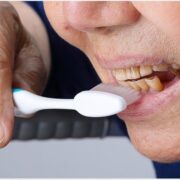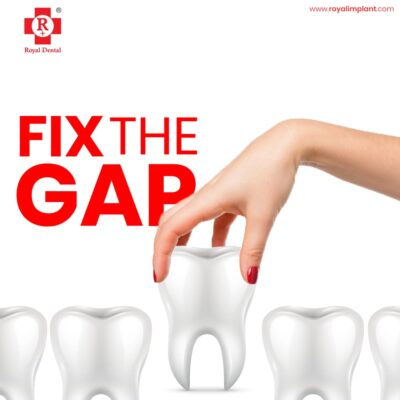If you are like most people, you probably spend a lot of time chewing your food. Maybe even too much time, right? Unfortunately, chewing too much and too hard can have consequences if you have receding gums or exposed roots in your teeth. In these cases, chewing too vigorously can lead. Learn more about what is gum recession and how it impacts your teeth. The condition known as gum recession occurs when the gingival fibers—also known as periodontal ligament—begin to detach from the root of your teeth and expose the tooth’s root structure. Although this might sound alarming, gum Recession is not uncommon among adults with healthy teeth. It is actually a natural process for everyone at some point in their life. Depending on whether you have healthy gums or are prone to developing cavities, gum recession treatment options can be opted.
What is gum recession?
Gum recession occurs when gingival fibers that bind gum tissue to teeth become detached and expose the tooth’s root structure. In many cases, gum tissue grows back and attaches itself to the tooth’s root structure. But if this process continues frequently over time, the gums may no longer be able to reattach. In this case, a dentist will likely recommend a gum graft to reattach the gum tissue to a tooth’s root structure.
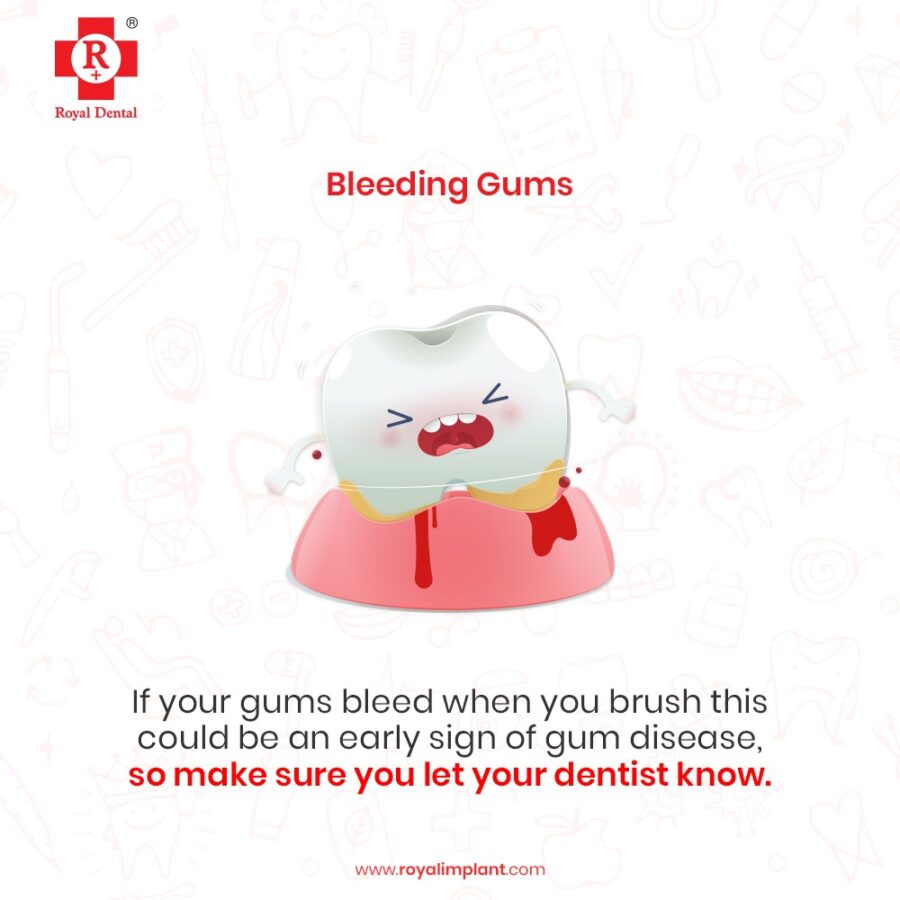
Gum recession occurs when you chew too hard, brush too aggressively, or grind or clench your teeth during the night. It can also happen during orthodontic treatment if you have brackets that are too tight. In some cases, it can be a sign of periodontal disease, health problems like diabetes, or vitamin deficiencies like iron deficiency. Your dentist can diagnose and suggest gum recession treatment options during a routine examination. They’ll measure the amount of gum recession on each tooth using a special instrument called a periodontal probe.
Gum recession and bone loss
Bone loss is common in areas of gum recession. For this reason, your dentist will also measure the periodontal pockets around each tooth. Healthy pockets measure between 1 and 3 millimeters. With gingivitis, pockets measure 4 millimeters. If you have periodontal disease, your pockets will measure 5 millimetres or higher. Left untreated, gum recession can lead to other serious oral health problems, such as bone loss, tooth mobility or feeling “wiggly” or even tooth loss. If you notice any of the symptoms listed above, schedule an appointment with your dentist right away.
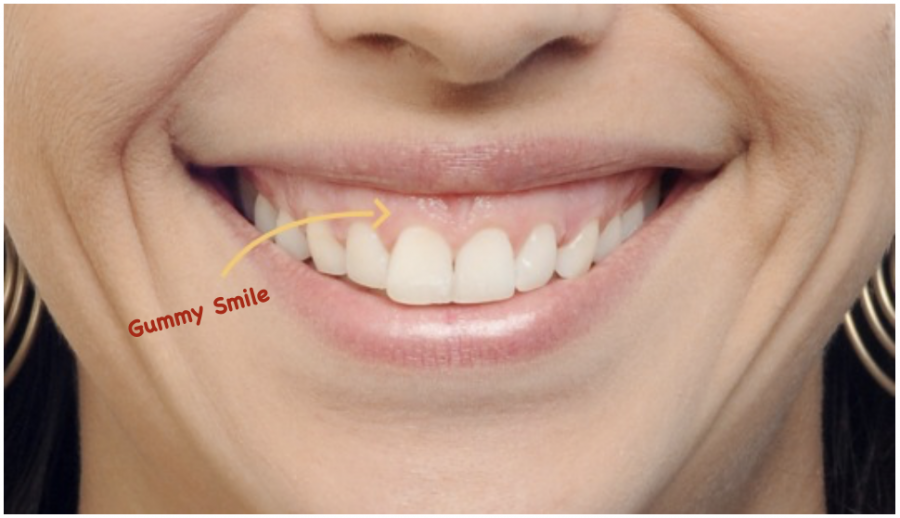
What causes recession of gums?
Brushing too hard, too frequently or using too much pressure on the teeth can cause gum recession as well as frequent ingestion of foods high in sugar.
It can also be caused by an overly tight dental retainer or braces, which can pull on the teeth, causing the gums to recede and expose the root structure.
It can also be caused by an overly aggressive tooth-cleaning technique or brushing too hard or too often.
Dental plaque or tartar buildup.

Periodontal disease.
Trauma or injury to your gum tissue.
Abnormal tooth positioning (misalignment).
Smoking or chewing tobacco use.
Lip and tongue piercings.
Common symptoms of gum recession include:
- Sensitivity to cold and heat
- Changing tooth appearances, such as when tooth appears longer and space increases between gums and teeth
- Bleeding after brushing or flossing
- Red, swollen gums
- Bad breath
- Loose teeth
Treating the effects of gum recession
If you have noticed signs of gum recession, it is important to take the necessary measures to treat it. One way to treat the effects of gum recession is to reattach the gingival fibers to the root structure of your teeth with a technique called a periodontal flap. A periodontal flap will reattach the gingival fibers to the root structure of your teeth, which will prevent future recession.
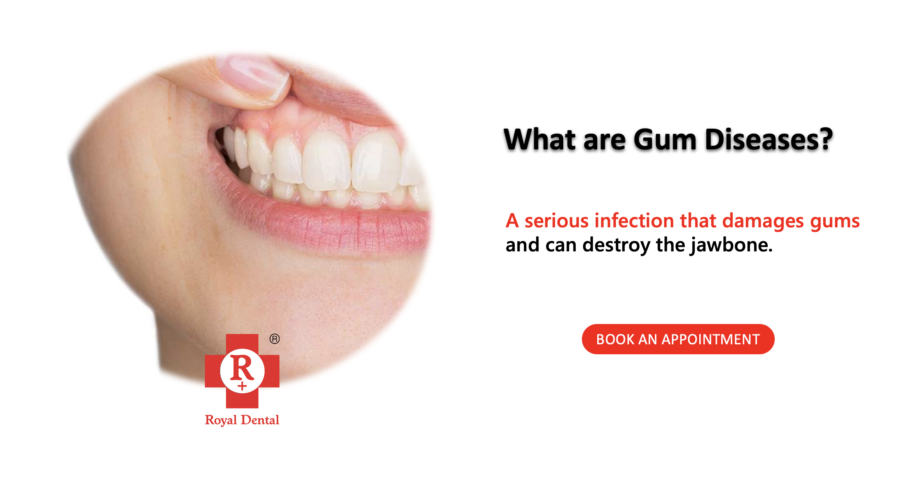
A periodontal flap is typically recommended for patients dealing caused by too much pressure or brushing with too much force. However, it is important to note that a periodontal flap does not treat gum recession caused by genetics, gum disease, or vitamin deficiencies.
If you’ve noticed that your teeth look a little longer or your gums seem to be pulling back from your teeth, you have receding gum.This can have several causes. The most serious cause is periodontal disease, also known as gum disease . While there’s no cure for periodontal disease, you can and should manage it. The health of your mouth and teeth depend on it.
Patient Speaks – Gum Recession Treatment
In a healthy mouth, the gums are pink and the gum line is consistent around all the teeth. If the develops, the gums often look inflamed. The gum line also looks lower around some teeth than around others. Gum tissue wears away, leaving more of a tooth exposed.
Gum recession treatment can happen slowly, so it’s important to take a good look at your gums and teeth every day. If you notice receding gums and you haven’t been to the dentist in a while, make an appointment soon.
Conclusion
This is a fairly common occurrence in adults with healthy teeth and gums. However, it can be extremely disconcerting when it happens to you. When you notice signs of IT, it’s important to take the necessary steps to treat it to prevent further damage. Although This is a common occurrence for adults with healthy teeth, it can be extremely disconcerting when it happens to you.


